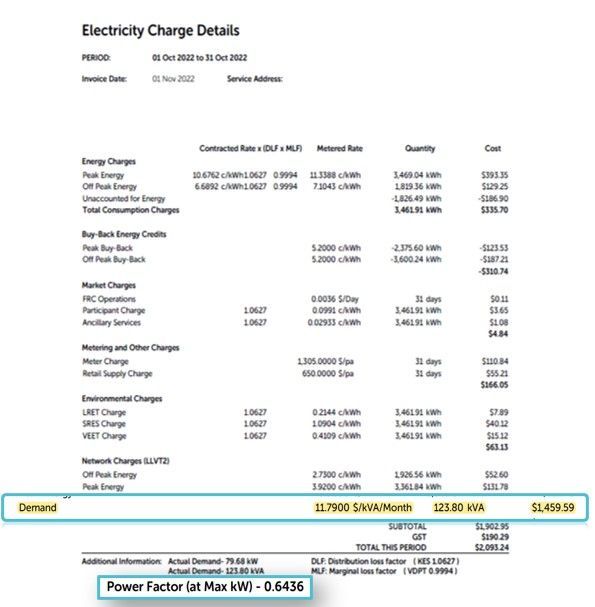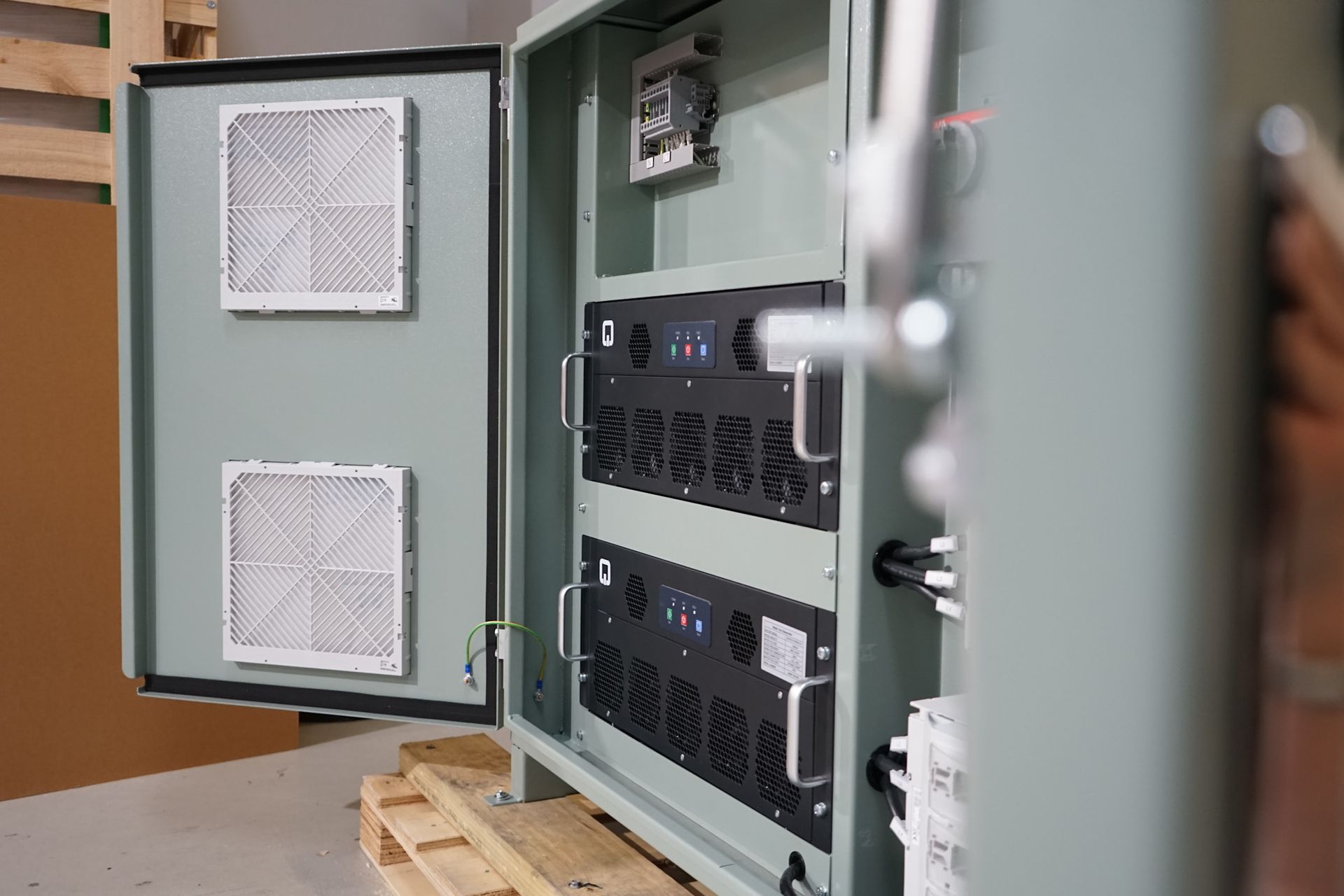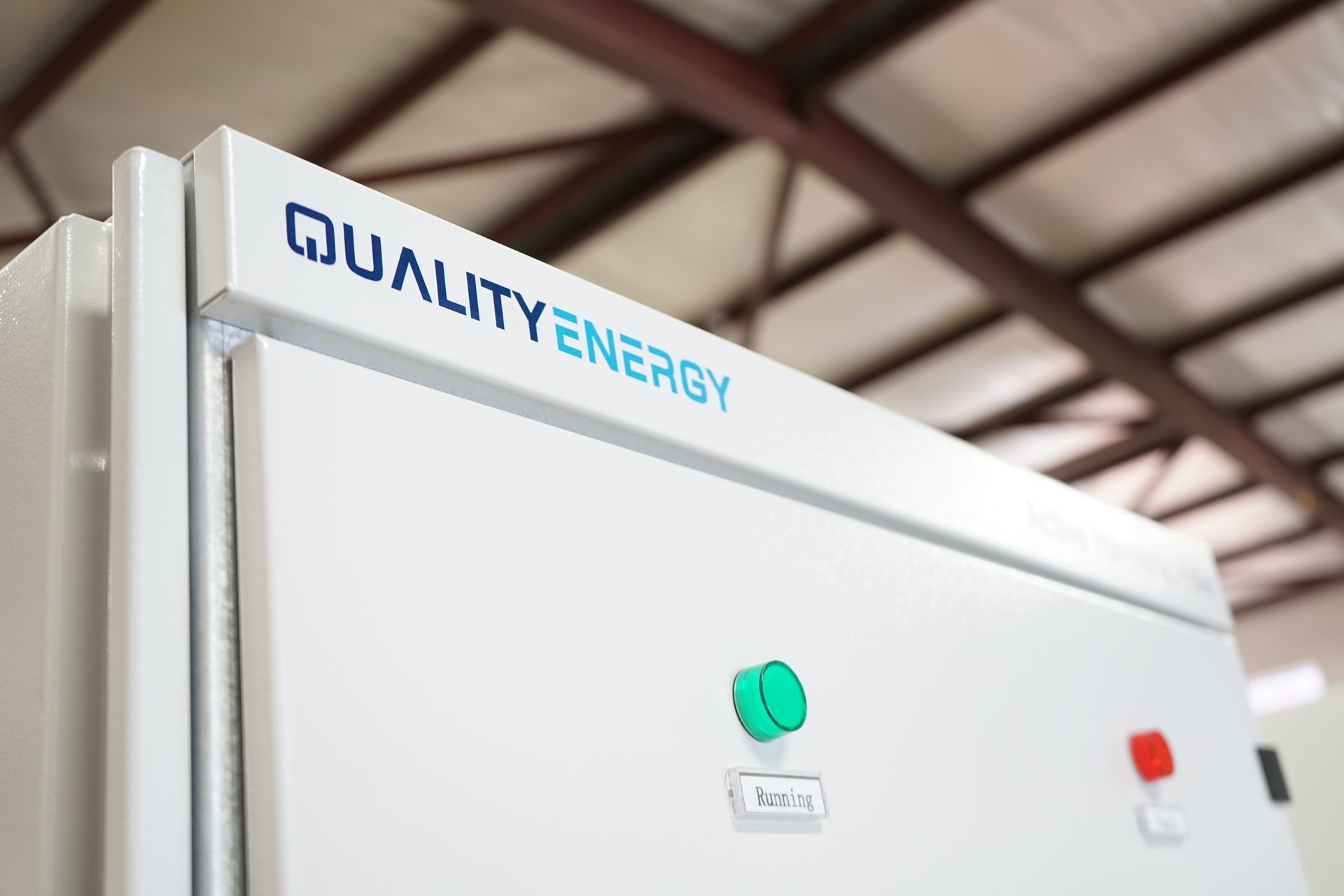Do you know exactly what you’re being charged for with each item on your electricity bill? Some businesses could have a kVA charge due to poor power factor, which can be easily addressed to reduce the bill.
Who looks at their electricity bill closely? Me, said no one ever! Unless you see an increase in charges (and/or usage), it’s the last thing people make time for. When an electricity bill comes in, a quick glance at the amount due or the amount of electricity getting used per day may be noted but other sections in the bill are generally overlooked.
There is a compelling reason to pay closer attention: you might be getting charged excessively high rates for something you didn’t know existed!
kVA explained
Besides energy, market, metering, environmental, network and other charges, you may see a kVA charge on your bill. What is kVA? kVA is apparent power measured in kilovolt-amperes and can appear as a charge on your bill for ‘reactive’ power, or the highest level of demand you have on the network during a specific period. If your business experiences energy spikes, you will draw current at the peak rate of demand, more than is needed, and you’ll be charged based on the highest usage throughout the day (or night).
What is Power Factor Correction (PFC)?
Then there’s power factor. What is it? How do you know what yours is?
- Think of power factor as an efficiency rating.
- It is a number calculated on a business’s demand for energy, representing the ratio of real power (measured in kilowatts, kW) to apparent power (kVA) demanded by your electrical equipment.
- It could appear on your electricity bill
- Still a bit confused? Download a PFC guide here or check out our FAQ’s.
The Australian Energy Regulator (AER) allows electricity retailers to penalize businesses for the extra demand on the electricity bill so voila, you’ll be charged more than you should.
Your electricity bill
If your most recent bill has a charge for kVA, a poor power factor could be inflating your bill and may mean it isn’t close to ‘unity’ (1). Most efficient sites have a power factor close to 1, but a lot of facilities can have a power factor of 0.7 to 0.8. It doesn’t seem like a big difference but any increase towards a power factor of 1 can mean significant reductions in demand charges on your electricity bill, with 0.98-0.99 being the goal for most sites.
So where on the bill can you find this sneaky and unnecessary charge and how do you reduce costs effectively as well as become more energy efficient? Have a look at the sample below, then have a look at your bill.
Do you see a kVA charge and accompanying power factor? Some bills only show a kVA and won’t highlight a sites’ power factor, so you may not know how efficient you are. If you do have a kVA charge, but can’t see a power factor, consider requesting a quick assessment from a qualified professional. Either way, it will be beneficial to your business to take steps to improve your power factor, and not just for cost reduction.
Power factor correction (PFC) is one of the most cost-effective solutions on the market today to prevent rising energy costs.

Conclusion
Take action now!
Why pay up to 20-30% extra for your power when you may not need to? Remember, understanding your electricity bill empowers you to make informed choices. By optimising your power factor, you can enhance efficiency and potentially lower costs.
Consult with a company expert at implementing energy-efficient practices to reduce your electricity bill with equipment manufactured in Australia and installed by an Australian owned and operated company.
Since 1989, Quality Energy is a power quality and energy efficiency solutions provider and manufacturer. Our mission is to help businesses solve the problem of ever-increasing energy costs and inconsistent, unreliable power supply.
Give us a call on 1800 736 374 or
send us an email to discuss your energy efficiency project.
Related news



Let’s talk!
Have a question or comment? Let us know.
Head office – Melbourne
Other Locations
New South Wales
Queensland
South Australia
Tasmania



